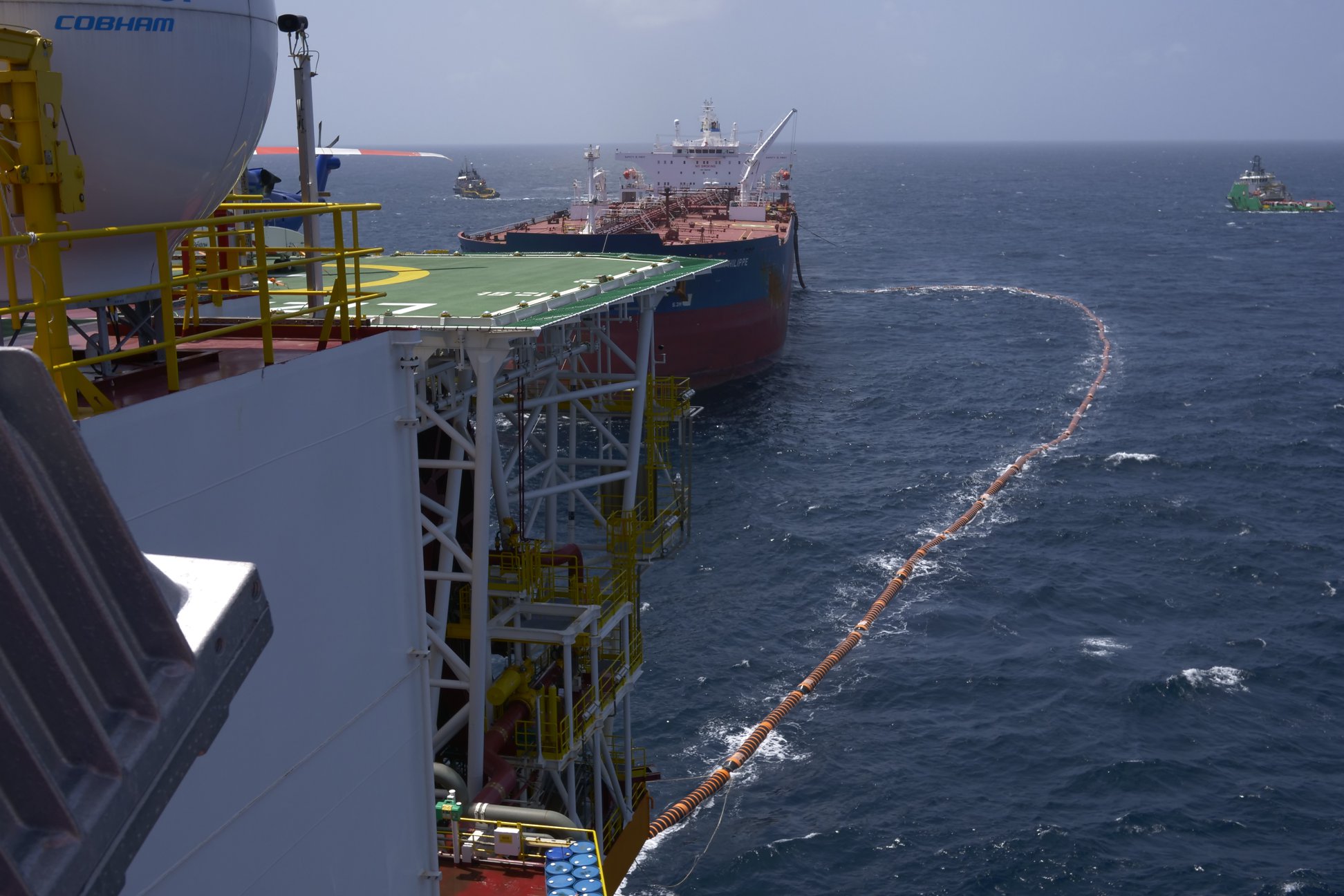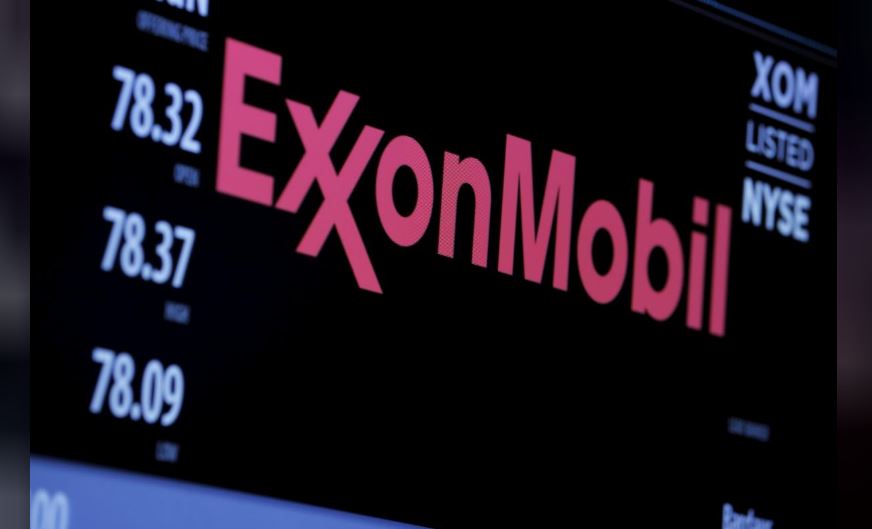
ExxonMobil said Friday that the gas compression system at its Liza Destiny project which experienced difficulties and led to increased flaring of natural gas is now fully operational. Fixing the problem with the system took months. The company is now producing just over 120,000 barrels of oil per day. The problems with the compressor caused it to scaled back production.
The announcement comes on the heels of a new crude discovery announced Wednesday at the Whiptail site in the Stabroek Block which Exxon operates as part of consortium with Hess Corporation and China’s CNOOC. The latest discovery adds to the previous recoverable resource estimate of 9 billion barrels.
“The team continues to perform maintenance and optimization activities with the aim of keeping the flash gas compressor on-line and minimizing flaring until arrival of the new flash gas compressor at the end of the year,” Governance Advisor Janelle Persaud said in a statement, adding that the project was currently re-injecting and consuming more than 96% of the gas produced.
A new design flash gas compressor is expected to be installed aboard the Liza Destiny Floating, Production, Storage and Offloading (FPSO) vessel operating in the Stabroek Block, offshore Guyana.
The new gas compressor is expected to get ExxonMobil Guyana back to smooth operations and to its pilot level of flaring.
ExxonMobil’s Production Manager Mike Ryan during an interview with Persaud said the increased flaring was necessary to maintain safe operations.
Ryan explained that there was an issue with the discharge silencer located on the output of the third stage flash gas compressor. The discharge silencer was repaired and upgraded along with the installation of a venturi. This he explained was done to address pulsations.
Recent testing shows, vibrations in the third stage compressor have resulted in damages to the machine. The new gas compressor will have a number of critical features to remove the vibration.
Now that the flash gas compressor was able to come back online, Ryan said that due to the current operating mode and optimizing of the system, flaring is being done in the range of 6 million standard cubic feet per day.
“We are having some challenges, technical issues with this current design. We have had a number of challenges through this year; the team has addressed them systematically and very effectively,” Ryan said.
The focus for the oil giant now after extensive testing, is trying to find the right level of operation of the machine to minimize vibrations which will be able to keep the machine running and at the same time minimize flaring.
Prior to the challenges with the flash gas compressor, 88 to 90 per cent of the gas produced were being consumed or injected.
“So, while we are not all the way there we have made a significant improvement in reducing the gas being flared further and at approximately, we are at 96 per cent and the team continues to work really hard with all of our technical experts on how to operate the current design of the machine to protect it and then, minimize flare further,” Ryan stated.
Additionally, Ryan expressed his disappointment with the performance of the flash gas compressor but remains optimistic of improving.
“I would want to get to pilot flare much longer ago, but what we are doing is through intense efforts and relentlessly working on this getting us to a level that is as low as possible for our current operations and not giving up.”
Meanwhile, Ryan noted that the focus remains on steady and safe operations.












